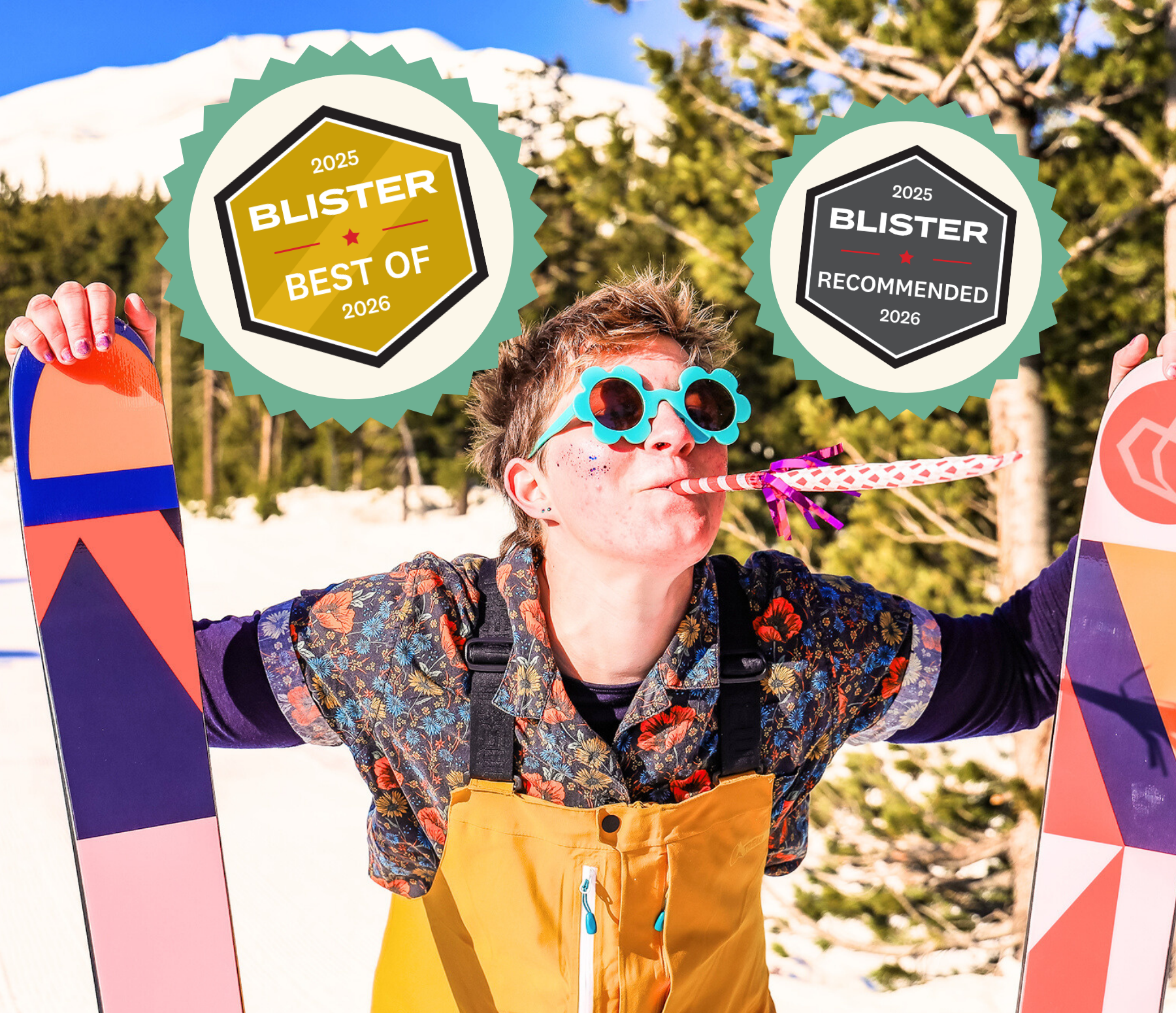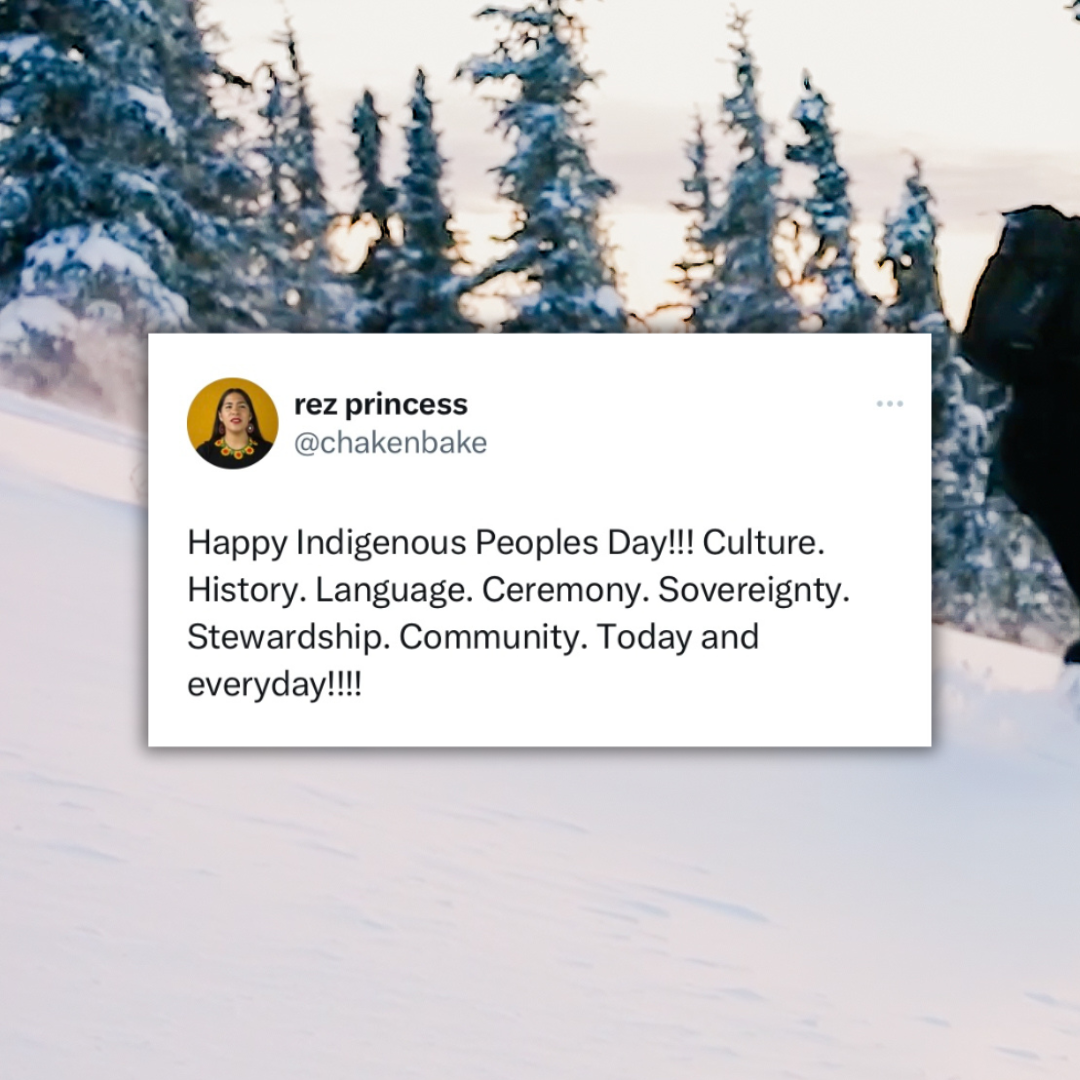Skiing and snowboarding off-piste or in the backcountry can be one of the most enjoyable and liberating ways of riding. Off-piste skiing allows you to take in and be surrounded by the serenity of the mountains—sometimes without a chairlift in sight. When you ride off-piste you can find the best snow for miles and also some exciting terrain. That being said, off-piste skiing and snowboarding do mean some excess risk and require off-piste/backcountry knowledge, practice, and safety gear.
While this is a little extra work, if you’ve been dreaming about getting off the groomers and venturing into the ungroomed territory, don’t let this to get in your way! Getting off-piste can help you learn, grow, and have fun in ways you never thought possible. So to help, we’ve put together our top tips for preparing to get off the groomers and ski the pow and terrain.
1. Do your research
First things first, head over to the internet. Before actually getting out, watching videos on YouTube and reading blogs (like what you’re doing now) are great places to start. You’ll also want to take a look at what getting off-piste means in your ski area. For example, does your resort have accessible off-piste runs? Do you have controlled backcountry areas accessible by lift like the famous Niseko, Japan gate system? Or is the only way to get off-piste by going ski/snowboard touring in the backcountry? This will determine what your off-piste journey looks like. If your only option is backcountry touring, we recommend beginning with our free backcountry education series Backcountry Beta, and our blog on what gear you need for backcountry skiing.
2. Find friends, partners, and mentors to help you
Of course, riding is always that much better with friends, but it also can be safer and necessary, especially when you’re new to off-piste! So with that in mind, to get off-piste find a trusted and experienced friend or mentor. We know it’s easier said than done, but great ways to find mentors and riding partners is through established snow sports communities and courses. You can find women to ski and ride with in the Coalition Clubhouse, an online community designed for women, non-binary, gender non-conforming, and two-spirit skiers, snowboarders, and snowsports enthusiasts. Inside the Clubhouse we have different crews from regions around North America, including The Rockies, The Sierras, and more. This is a great way to meet others in your area who are like-minded and like to shred!
Another way to venture off-piste is with a group. We know this is also easier said than done. A good place to start is joining a local women’s group—organizations like Women of Winter host events to help women come together and meet on snow. If you identify as BIPOC, LGBTQIA+, a person with a disability, etc., there are some great organizations that provide events and resources like Edge Outdoors, Unlikely Riders, The Inclusive Outdoors Project, and Climbers of Color. To discover more underrepresented riders and groups aiming at diversifying snow sports check out our blog here. Another great way to meet people is by joining a ski trip like Coalition Snow’s Far Out trips to Japan and Mt. Bachelor.
3. Take it slow
As much as you’ll want to dive right in, it’s also OK to take it slow and start with some lower-risk off-piste runs like tree runs within your local resort and mountain. This will give you a taste of what ungroomed terrain looks like and the feeling of being alone in the mountains without being too far from ski patrol, lift access, and human contact. You still need to consider the risks of tree wells and impact with trees, so wear your helmet, ski with friends, and make sure you are skiing and riding in control.
4. Take an avalanche safety course
Regardless if you ski and snowboard the terrain accessible from a ski resort or go full-on touring in the backcountry, safety gear, equipment, and avalanche education is a must, and perhaps being the most important part of getting off-piste! The best ways to learn is by taking courses, reading mountain safety books, and attending events like Backcountry Beta. Courses like The American Institute of Avalanche Research and Education (AIARE) and general Avalanche Awareness Courses are great sources of information. In these courses, you will learn about the backcountry gear you will need, how to choose terrain, and general avalanche and snow safety information. While these courses are necessary they can also be expensive and inaccessible. For resources on how to access these courses, check our blog on available scholarships and women’s clinics and events.
5. Learn more about different skis and snowboards
While you might have the perfect pair of skis or a snowboard for groomers, when you ski in ungroomed, off-piste terrain you oftentimes require different gear. At Coalition Snow, we make all kinds of skis and snowboards. Our SOS All Mountain Ski and Rafiki Powder Ski are our best skis for skiing off-piste because of the width under foot and the rocker in the tip/tail. If you’re looking to get out in the backcountry then our La Nieve Backountry ski and our Sojourner solid and splitboard will have you covered.
Not sure what you need? We even have a Meet Your Match ski and snowboard quiz as well as blogs that help you choose the best ski and the best snowboard based on your experience and preferences. We understand that new skis and boards can be expensive, which is why we started a secondhand buy-back program called Second Tracks where we buy your used gear and resell secondhand skis and boards to help make snow sports more accessible.
Getting off-piste is one of the best ways to connect with nature and enjoy skiing and snowboarding on another level. It takes time, it involves more risk, it requires some learning and probably some new gear. So don’t rush, and have fun. We hope this helps you in your future off-piste adventures. For more information on getting off-piste check out our blog on what gear you need for the backcountry and our blog on how to learn to backcountry ski.





